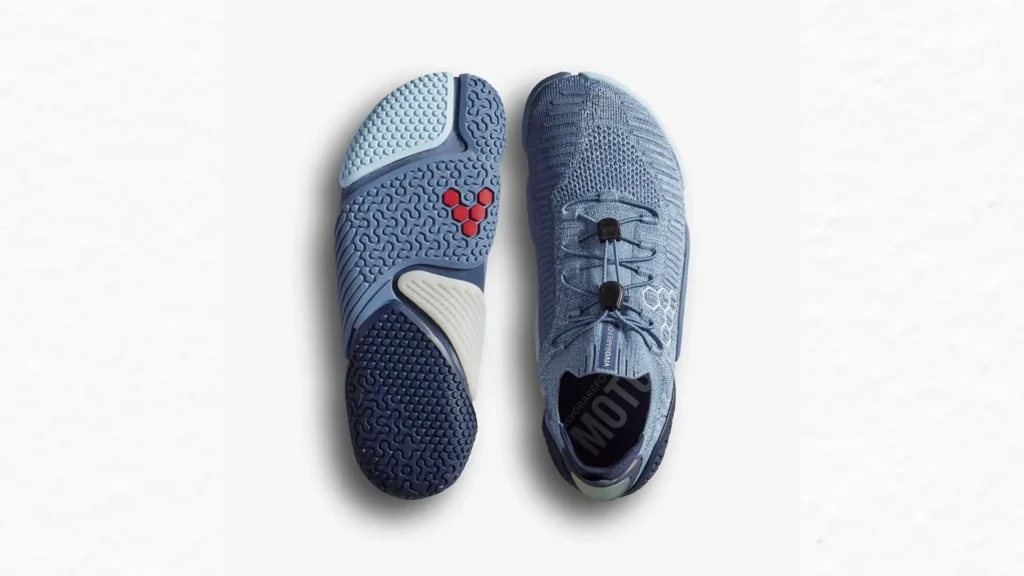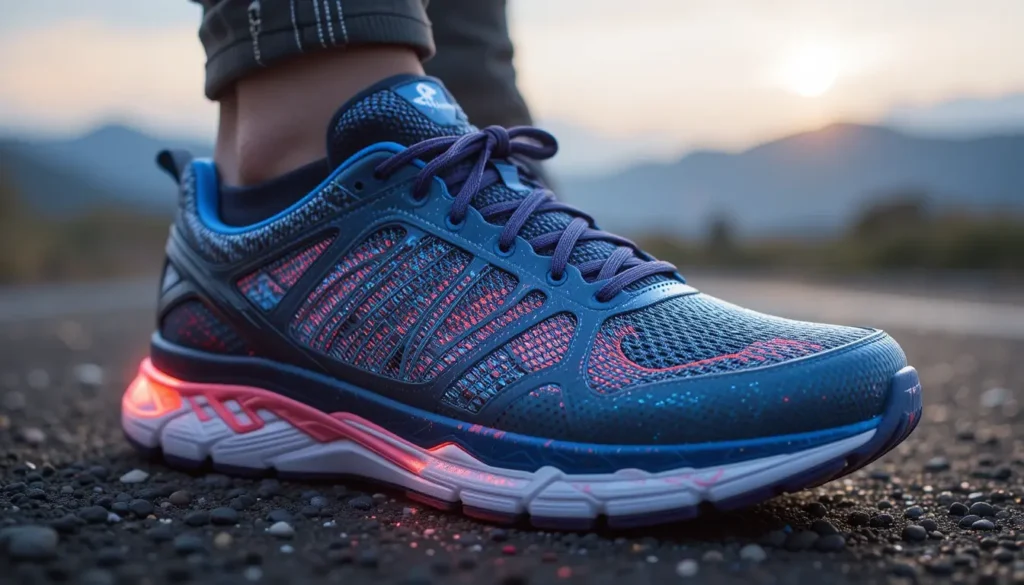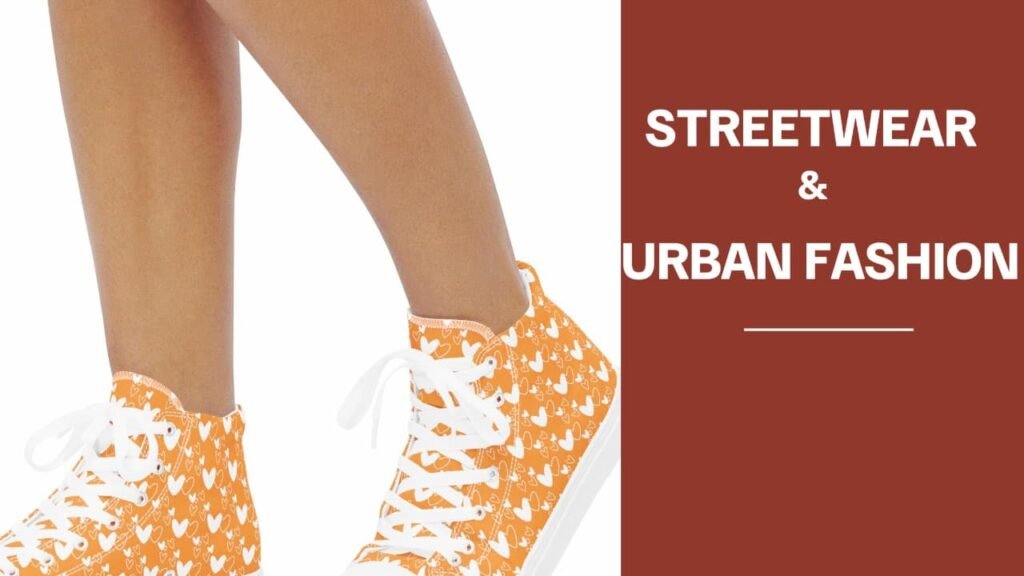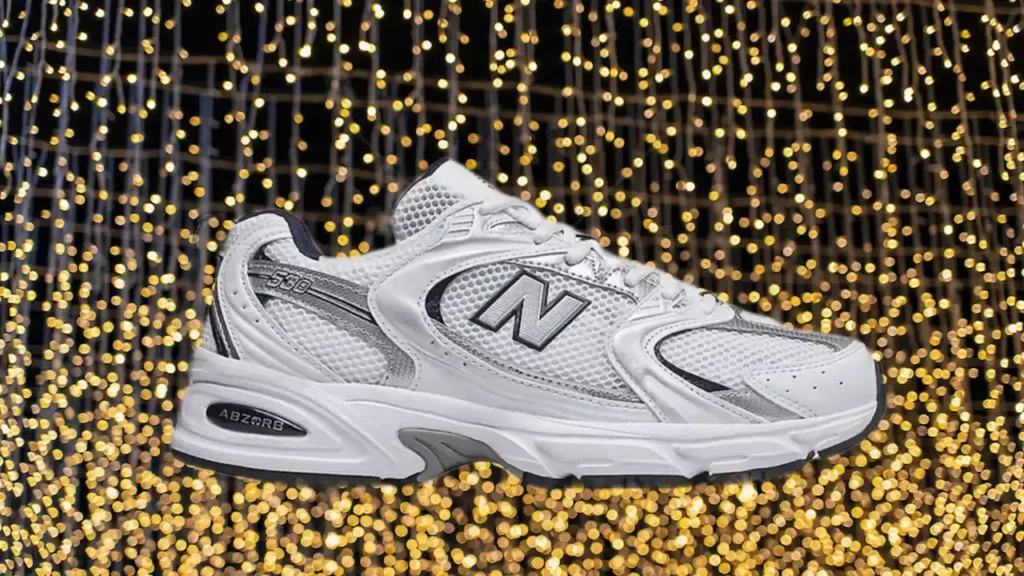In recent years, barefoot shoes have gained popularity. But what exactly are barefoot shoes, and do they live up to the hype? This article explores their design, purpose, and potential benefits and drawbacks to help you decide if they’re right for you.
What Are Barefoot Shoes?
Barefoot shoes, also known as minimalist shoes, are designed to mimic the experience of walking or running barefoot while still offering some protection from the elements. Barefoot shoes prioritize simplicity and functionality by stripping away unnecessary features.
The goal is to replicate the sensation and biomechanics of being barefoot while still providing a protective layer for your feet. This approach aligns with the belief that our feet were designed to function optimally without excessive external support.
To fully understand what sets barefoot shoes apart, it’s important to examine their defining characteristics:
Thin Soles
The soles of barefoot shoes are intentionally thin. They allow wearers to feel the ground beneath their feet. This tactile feedback helps improve balance and awareness of movement. At the same time, the soles are durable enough to shield the feet from sharp objects.
Wide Toe Box
One of the most distinctive features of barefoot shoes is the wide toe box. Traditional shoes often squeeze the toes together. In contrast, barefoot shoes provide ample room for the toes to splay naturally.
Zero Drop
Most conventional shoes have a raised heel. Barefoot shoes, however, are designed with no heel-to-toe drop (also called zero drop). This design encourages a natural foot strike.
Flexible Materials
Barefoot shoes are made from lightweight, breathable, and flexible materials. These attributes allow the feet to move freely and unrestrictedly. This mimics the experience of being barefoot. Flexibility also ensures that the shoe molds to the shape of your foot rather than forcing your foot into an unnatural position.
Lightweight Design
Another hallmark of barefoot shoes is their lightweight construction. By eliminating bulky components, these shoes reduce fatigue and make movement feel effortless.
Minimal Arch Support
Traditional shoes include built-in arch support to prop up the foot. While this may seem beneficial, it can actually weaken the intrinsic muscles of the foot over time. Barefoot shoes omit artificial arch support. It encourages the foot’s natural arch to strengthen and stabilize itself.
The Philosophy Behind Barefoot Shoes
The barefoot movement is grounded in a critique of modern footwear and a romantic nod to humanity’s evolutionary past.
Proponents argue that conventional shoes inadvertently harm us over time. By encasing our feet in what some call foot coffins, these shoes could weaken intrinsic foot muscles, disrupt our natural gait, and contribute to common ailments.
The core belief is simple: humans evolved to move barefoot across varied terrains, and stripping away artificial support can restore the strength we’ve lost to modernity.
This philosophy isn’t just about physical mechanics. It’s a call to reconnect with how our bodies were meant to function.
For millions of years, our ancestors roamed the earth unshod, their feet adapting to rocky paths, soft soil, and uneven ground. Barefoot advocates assert that this natural state allowed our feet to develop resilience.
In contrast, today’s padded sneakers are seen as overprotective crutches that dull our sensory connection to the ground and force unnatural movement patterns.
The barefoot movement gained mainstream attention with the 2009 release of Born to Run by Christopher McDougall, a book that became a manifesto for minimalist enthusiasts. McDougall spotlighted the Tarahumara (or Rarámuri) people of Mexico’s Copper Canyons.
Their ability to tackle rugged terrain with minimal footwear challenged the notion that cushioning equals better performance. McDougall’s narrative wove science, storytelling, and anthropology into a compelling case: perhaps the problem isn’t our feet, but the shoes we put on them.
Since Born to Run, barefoot shoes have evolved from a niche curiosity to a thriving market, pitched as a bridge between our primal roots and modern demands. Vibram, with its quirky FiveFingers toe shoes, and Vivobarefoot and Altra, have offered footwear that promises protection without compromising natural movement.
The Benefits of Barefoot Shoes
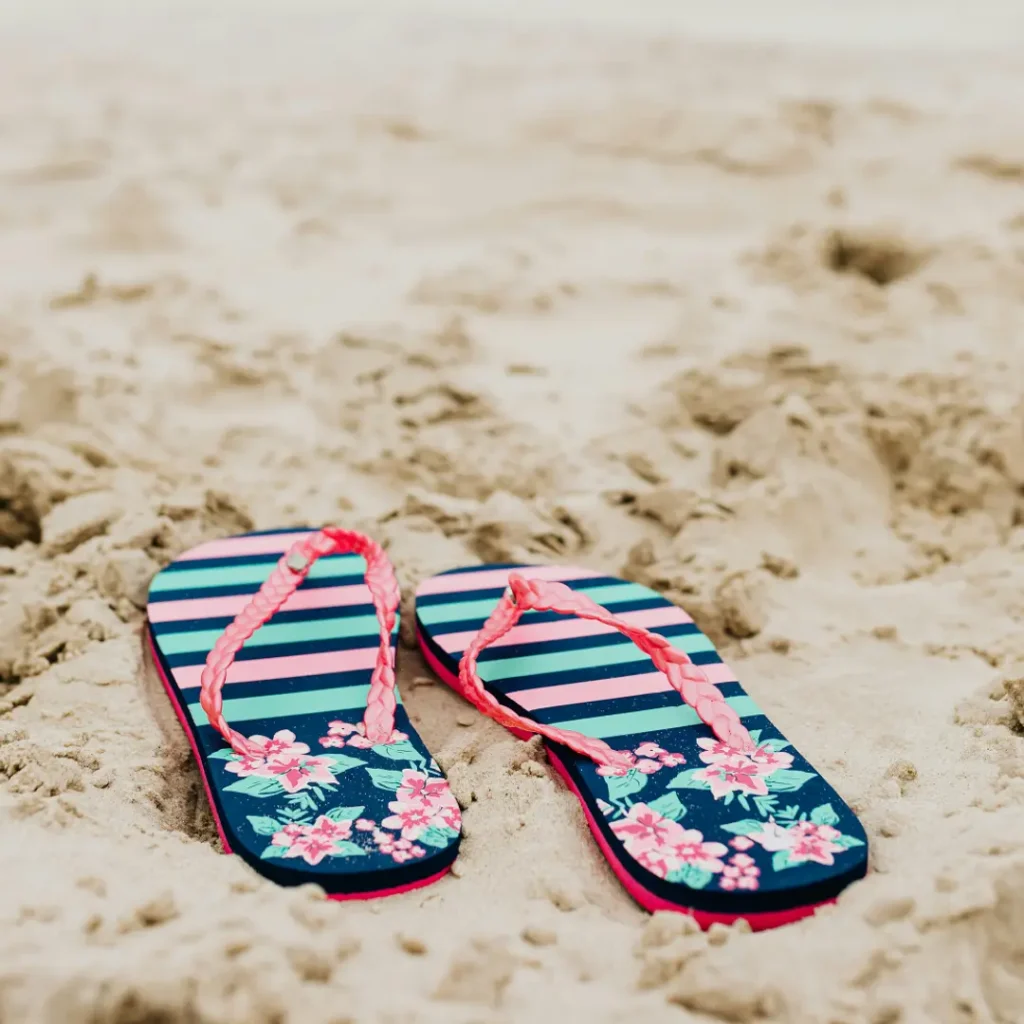
Advocates of barefoot shoes argue that they offer numerous health and performance benefits. By fostering a closer connection to the ground and enabling natural foot mechanics, these minimalist shoes positively impact various aspects of physical well-being. Below are some of the key advantages:
Improved Foot Strength: One of the primary benefits of barefoot shoes is their ability to strengthen the muscles in your feet. Barefoot shoes force your foot muscles to engage fully with every step. Over time, this leads to stronger feet.
Better Posture and Alignment: Wearing barefoot shoes promotes a natural gait. The foot strikes the ground in a balanced and efficient manner. This, in turn, encourages proper alignment of the feet, ankles, knees, hips, and spine. Improved alignment reduces stress on joints and muscles.
Enhanced Proprioception: Proprioception—the body’s ability to sense its position in space—is critical for maintaining balance and coordination. Thick-soled shoes dull this sensory input by insulating the feet from the ground. Barefoot shoes, with their thin soles, restore this vital connection. This allows you to detect subtle changes in terrain and adjust your movements accordingly. Enhanced proprioception reduces the risk of falls.
Reduced Risk of Injuries: Research suggests that wearing barefoot shoes may lower the risk of certain injuries commonly associated with traditional footwear. For example, a forefoot strike distributes impact forces evenly across the foot. This reduces strain on the shins. Strengthening foot muscles and improving alignment alleviate tension on the plantar fascia, a common source of pain.
Increased Comfort: For many people, the restrictive nature of conventional athletic shoes feel cumbersome. Barefoot shoes, on the other hand, are lightweight, breathable, and form-fitting. Many users report feeling as though they’re wearing nothing at all, yet they still enjoy the protection and durability provided by the shoe.
Versatility Across Activities: While barefoot shoes are popular among runners and hikers, they’re equally suitable for everyday use. Barefoot shoes adapt seamlessly to a variety of activities.
Who Can Benefit from Barefoot Shoes?
Barefoot shoes appeal to a wide range of individuals, including:
- Runners, cross-trainers, and gym-goers looking to enhance performance and prevent injuries.
- Office workers
- Outdoor adventurers
- Individuals recovering from foot issues
- Anyone seeking a natural lifestyle
Are Barefoot Shoes Right for You?
Whether barefoot shoes are good for you depends on your lifestyle, goals, and physical condition. Here are a few factors to consider before making the switch:
If you’re an avid runner looking to improve your form and strengthen your feet, barefoot shoes could be worth exploring.
Consult with a podiatrist if you have any existing foot issues to determine whether barefoot shoes are appropriate for you.
Start slowly by wearing barefoot shoes for short periods each day and gradually increasing usage to avoid overuse injuries.
Ultimately, comfort and confidence in your footwear matter most. Choose what works best for you based on your needs and preferences.
Barefoot shoes represent a return to the basics of human locomotion. They can enhance foot strength, improve posture, and foster a deeper connection with your surroundings. However, they also come with challenges. If you’re curious about barefoot shoes, start small and listen to your body. With patience and care, you might discover that these minimalist marvels are just what your feet need to thrive.

